Leica T (typ 701) - Manual Focus Review
I came to the Leica T for rather unconventional reasons. For many, the T system is an introduction to the Leica brand or perhaps an upgrade from the Leica X series with the perk of interchangeable lenses. For me, though, it was a way to test out the chops of a Leica CMOS sensor.
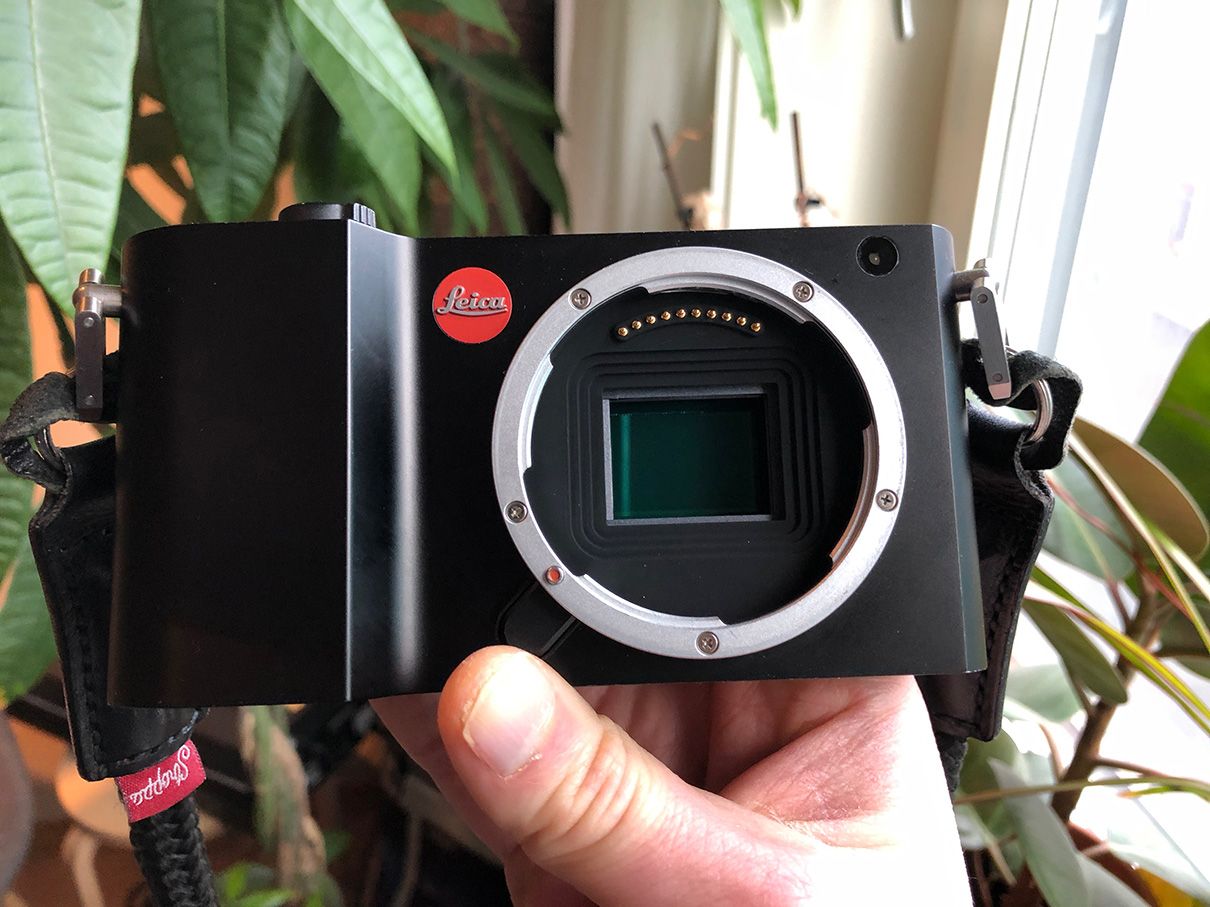
Introduction
I came to the Leica T for rather unconventional reasons. For many, the T system is an introduction to the Leica brand or perhaps an upgrade from the Leica X series with the perk of interchangeable lenses. For me, though, it was a way to test out the chops of a Leica CMOS sensor. After shooting the Leica M8.2 for a while I wondered what my eventual upgrade plan would be. The M9 is the only fullframe digital M that has the Kodak CCD sensor (which the M8 has in a crop format). Alternatively, there's the M type 240 which sports a 24MP CMOS sensor and sells for almost the same price as an M9. Yes there's also the new Leica M10, and maybe by the time I do eventually upgrade I'll be able to even think about affording it. In the meantime, it's not really on my radar.
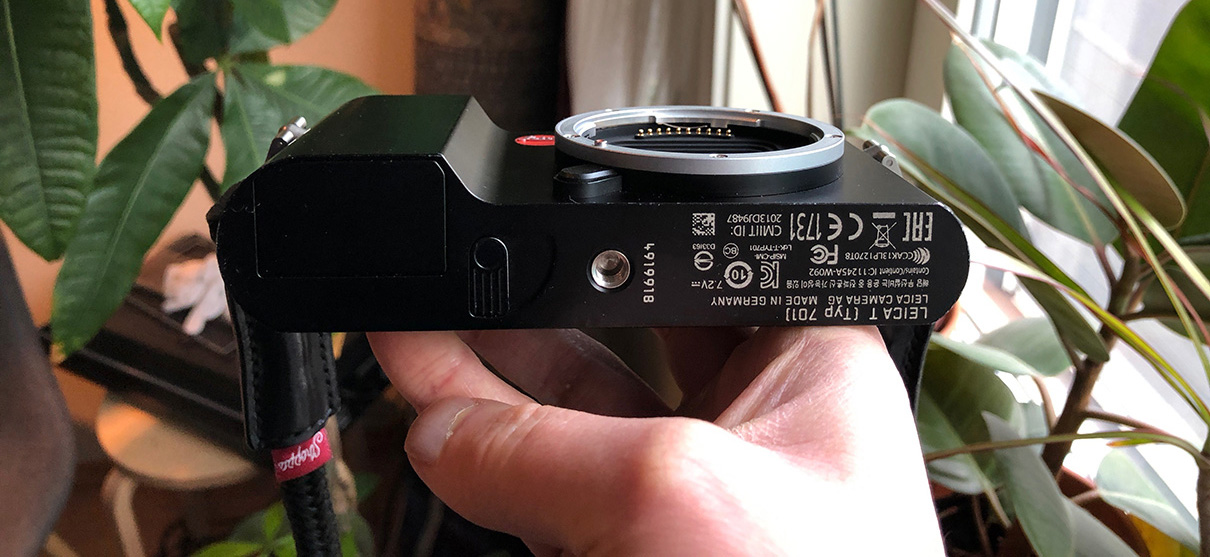
[This camera is thin like a Leica M on a diet.]
The M9 has an 18 megapixel sensor, which for most intents and purposes is quite fine. I know with the M9 I'll get the same look and quality that I get on the M8 only fullframe. It sounds perfect on paper, but the M9 unfortunately suffered from an issue with the sensor that caused it to corrode in certain conditions. The issue has been acknowledged by Leica and they offered a free sensor replacement program for some time, which they unfortuately have now discontinued in Q3 2017. All M9s with sensors replaced after 2015 as far as I know have gotten a sensor that is cured of any possibility of corrosion, however any of the M9s with sensors older than that could potentially be ticking timebombs. Leica has never released statistics over how widespread the problem was on the originals. But me, being a cautious kind of guy, I have a hard time shelling out almost $2k for a camera that may need a $1k sensor replacement at any moment. On the other hand, there are plenty of used M9s available with the 'cured' sensor, however these models fetch prices almost the same as those of the newer, beefier M240. Sure the M9 and its CCD sensor has a respectable cult following, but the CMOS sensor of the M240 has its perks as well. Better low light capabilities, more megapixels, and video functionality, are the ones that stand out to me. And I've always been rather skeptical of the CCD vs CMOS debate as I'm convinced the color rendition and other debateable qualities have a lot to do with the image processing software built into the camera firmware. This is why Canon has a look, Nikon has a look, and Sony has a look, despite all using Sony CMOS sensors.
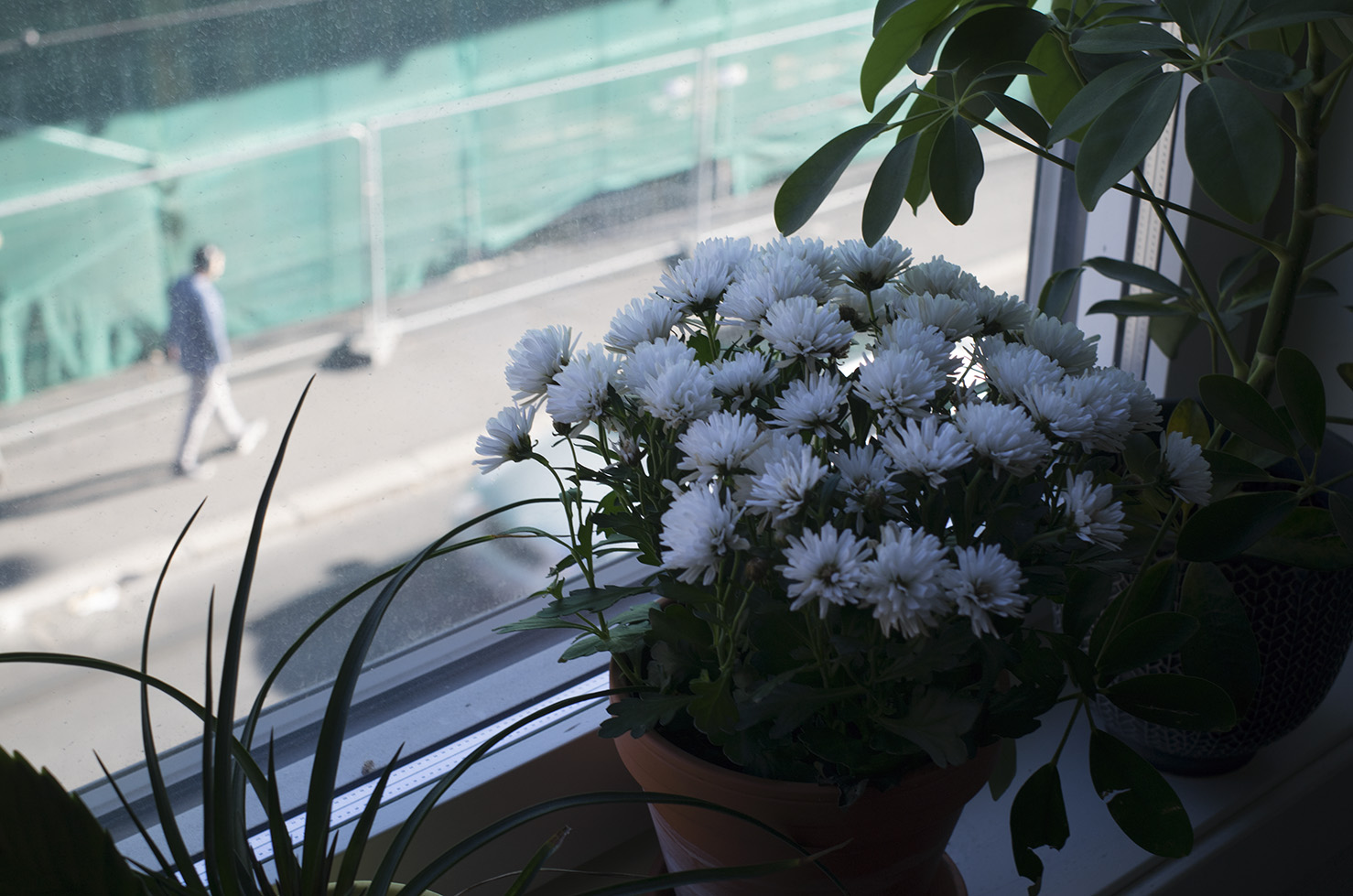
[RAW image converted to jpeg. Unedited.]
Enter the Leica T. I picked up this camera never intending to make it my main camera system by any means. Instead, it was a test bunny. I would pair it with my M-mount glass (Leica, Voigtlander, Zeiss) and see how these lenses rendered on a CMOS sensor in a Leica camera. The reason I picked the T was because after a mediocre reception and eventually the announcement of the TL2, used Leica T bodies began selling for very low prices and I managed to scoop one up for about $540 in the local classifieds. By comparison, Sony a6000's with a kit lens sell for about the same prices in the very same classifieds. It was an opportunity I didn't feel like passing up.
So, with that out of the way, on to the review!
Review
Build Quality / Ergonomics
I guess most people interested in the Leica T have seen some form of the commercial where they are grinding down the single block of aluminum into what will become the body of a new T. If not, it's on Youtube. In any case, the design is what really caught the media and general public's attention. It's slick, smooth, gorgeous and designed by Audi Design. Clearly, Leica wanted to make a statement with their foray into APS-C cameras and with it's release the Leica T most definitely made waves.
So how does all that marketing mumbo jumbo translate into actual real world usage?
Holding the camera, you can tell right away you're holding a luxury item. The brushed aluminum body is smooth but not slippery. The grip is pronounced, but not obtrusive. Everything feels like it is just where it should be and (apart from the pop-out flash and the memory card door) feels very high quality.
To use the camera feels very natural and it seems to fit perfectly in my hands. The screen is large and generally easy to see in daylight and although a tilting screen would have been nice, the lack of a hinge only adds to the camera's solid feel.
Overall, it is a very pleasing photographic tool to hold and feels very suited to bring along on daily excursions or urban adventures.
If I have to gripe about something regarding the ergonomics of this camera, it's the lack of a thumbrest, which thanks to the huge screen leads to your thumb sometimes accidentally resting on and activating the touchscreen, but if I'm being honest, I've never been a fan of touchscreens on cameras, finding them to be more of an annoyance than a perk.
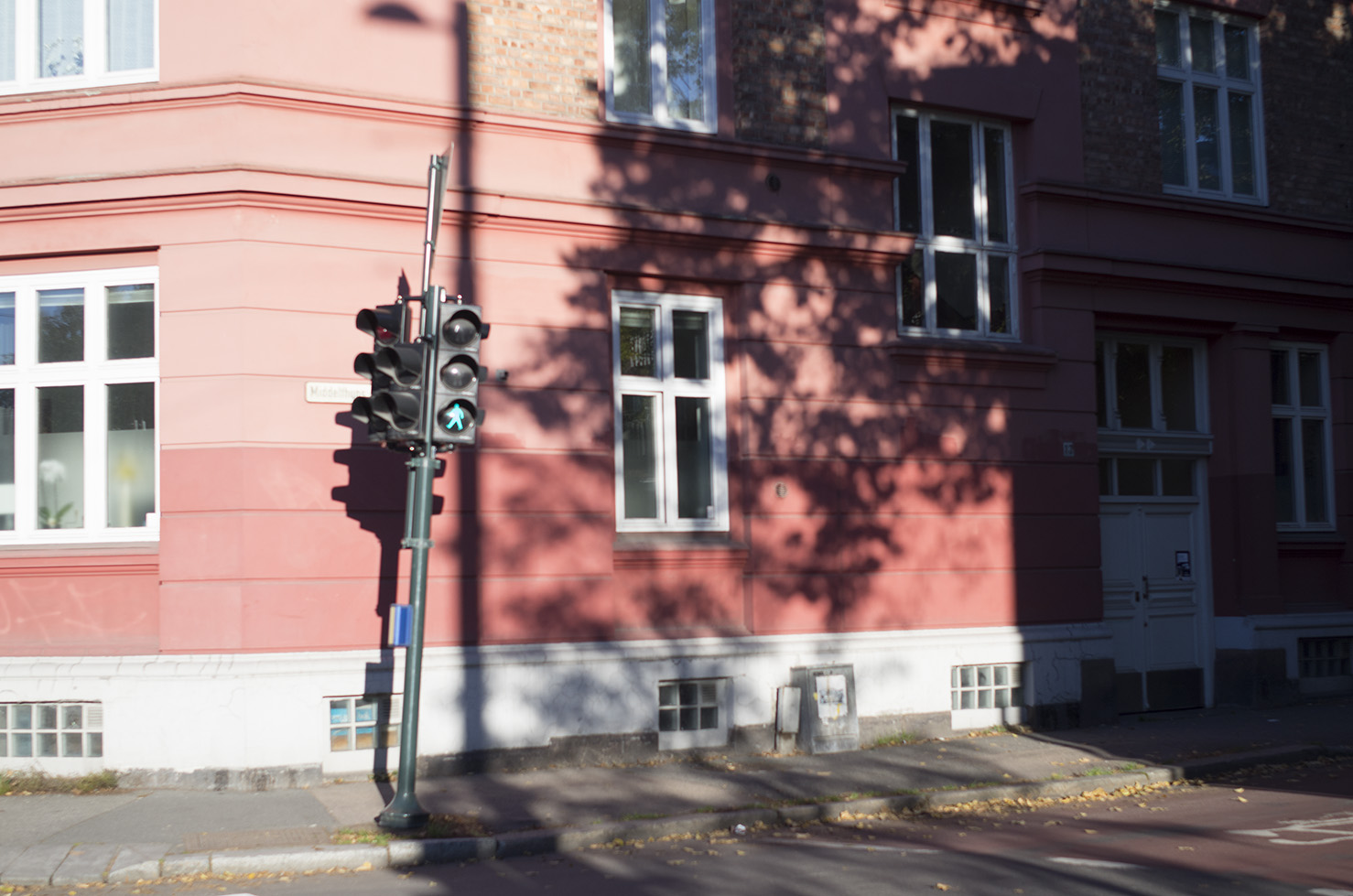
[Shot with 35mm Summarit. Missed the focus slightly.]
User Experience
Where things start to fall apart for me is the experience of actually shooting photos with the Leica T.
BIG DISCLAIMER: In case you skipped the introduction, I only tested the Leica T using adapted Leica M mount lenses. I have no idea if my gripes with this camera exist or are relevant when shooting with the native Leica T (S mount?) lenses.
Using manual focus lenses on digital cameras has seen a huge surge in popularity in recent years as mirrorless cameras have made it possible to use rangefinder lenses (which tend to be a fair bit more compact than their SLR counterparts) with relatively small adapters. With that in mind, I expected that the Leica T would be the perfect APS-C mirroroless camera to adapt my growing collection of M-mount glass to.
I was expecting the lack of focus peaking to cause difficulties getting the correct focus, but actually that turned out not to be a problem at all. When focusing, there is almost a crisp shimmer type effect when something is in focus. It's a bit subtle, but it helps. The screen itself is large and sharp and focusing manually is possible with relative ease. Overall, I think I nailed focus 70-80% of the time, which is about the same as when I use focus peaking on the Sony Alpha cameras. And like the Sony Alphas, the Leica T offers a focus magnification feature which can be easily programmed to one of the two function wheels.
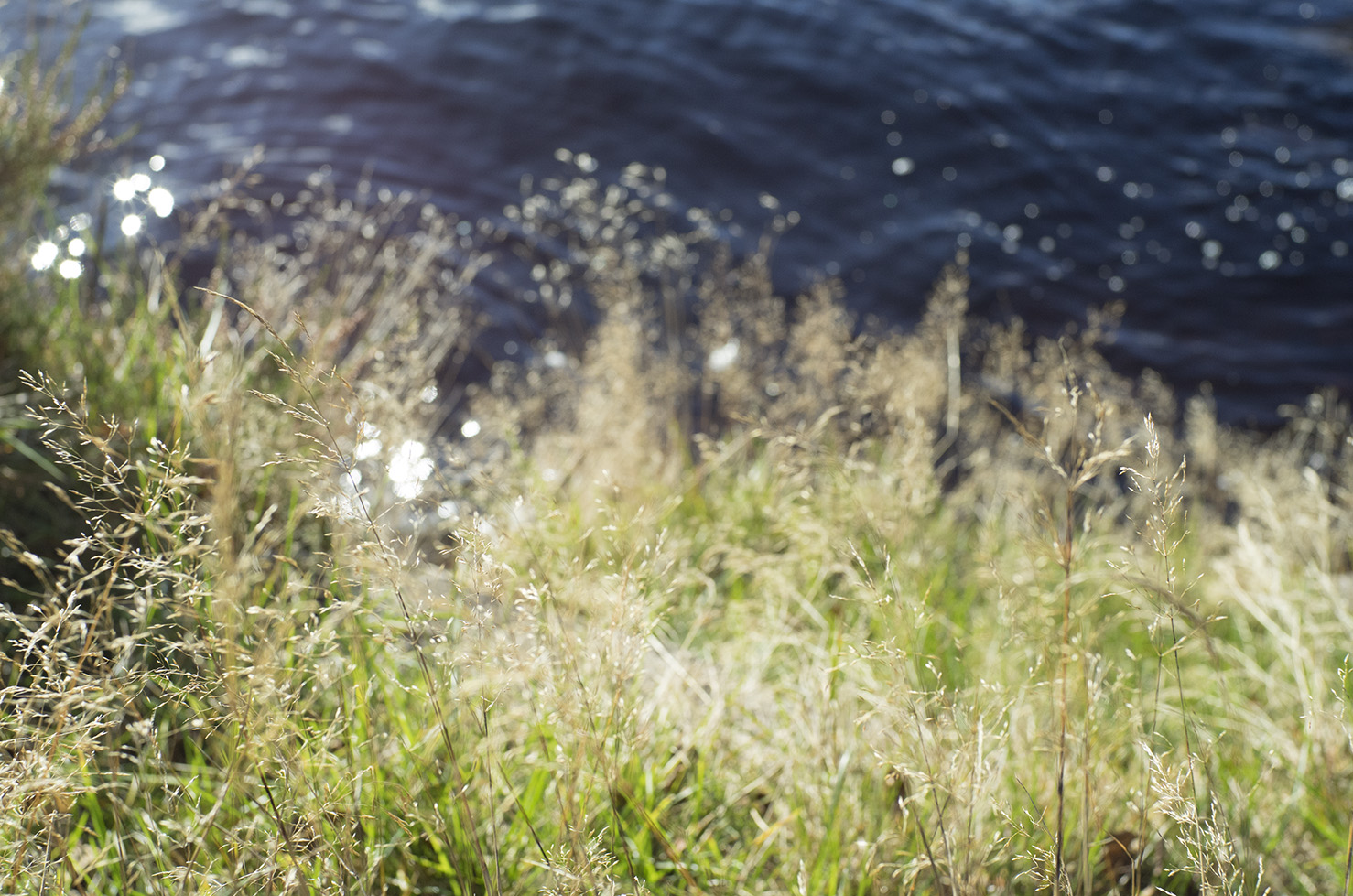
[Nailing the shallow focus. 35mm Summarit.]
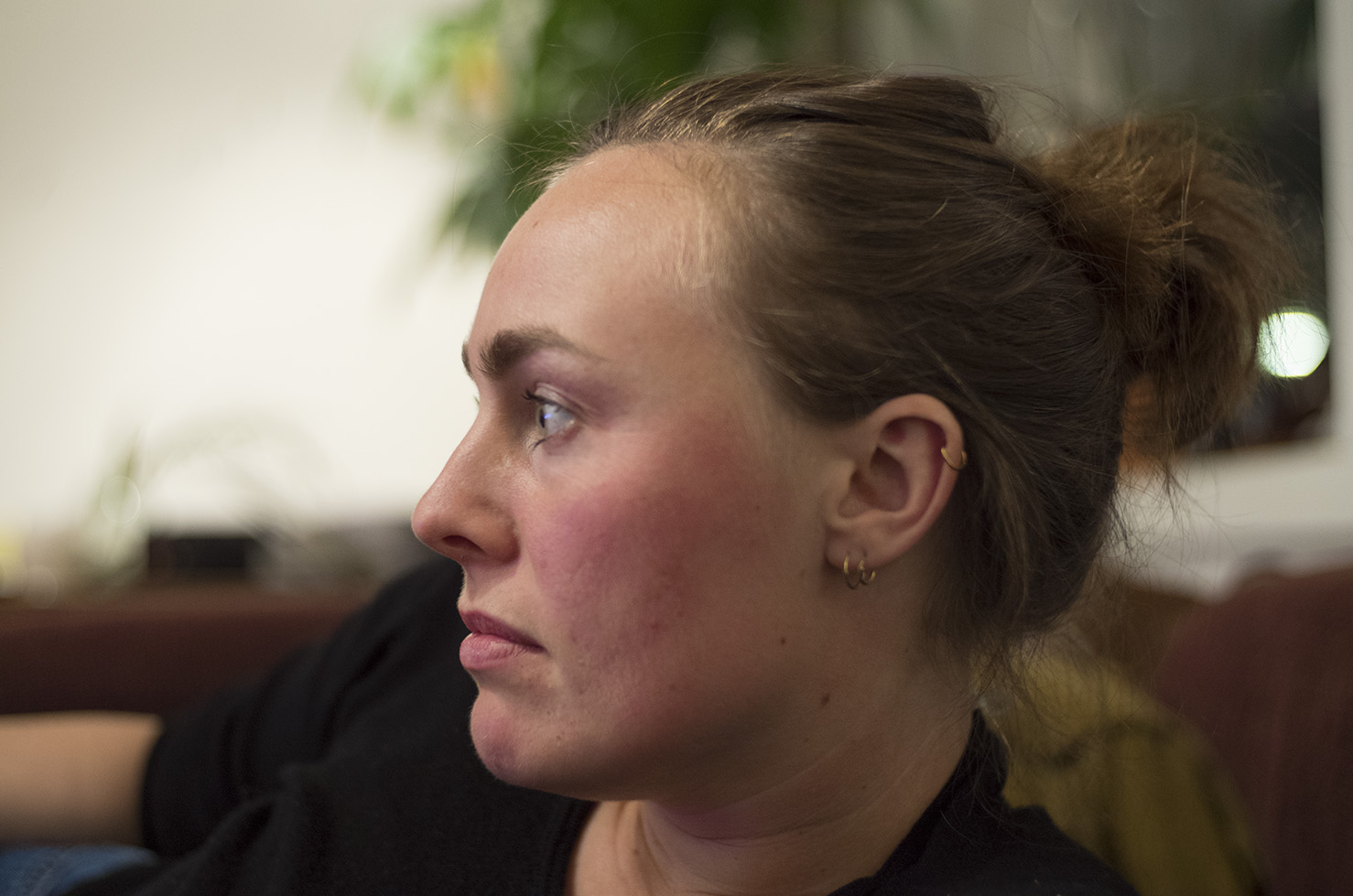
[Shallow focus in low light. 35mm Voigtlander Nokton Classic.]
The camera sports a large touchscreen that looks as big as an iPhone 5 screen. The menu system that comes along with the touchscreen is like a breath of fresh air to those coming from Sony, Canon (and probably others) labyrinthian menus built into menus. The Leica T has one quick menu where you can add all your favorite menu options, and then one deeper menu with all the rest of the options. Neither menu is cluttered, in fact, seeing how few options are really needed to be in a menu I wonder how other brands can manage to pack to many options in without really feeling like they provide any additional functionality. The screen and the menu are both a win for me, which is even more surprising because I normally find touchscreens on cameras to be a gimmick and more of an annoyance than a feature.
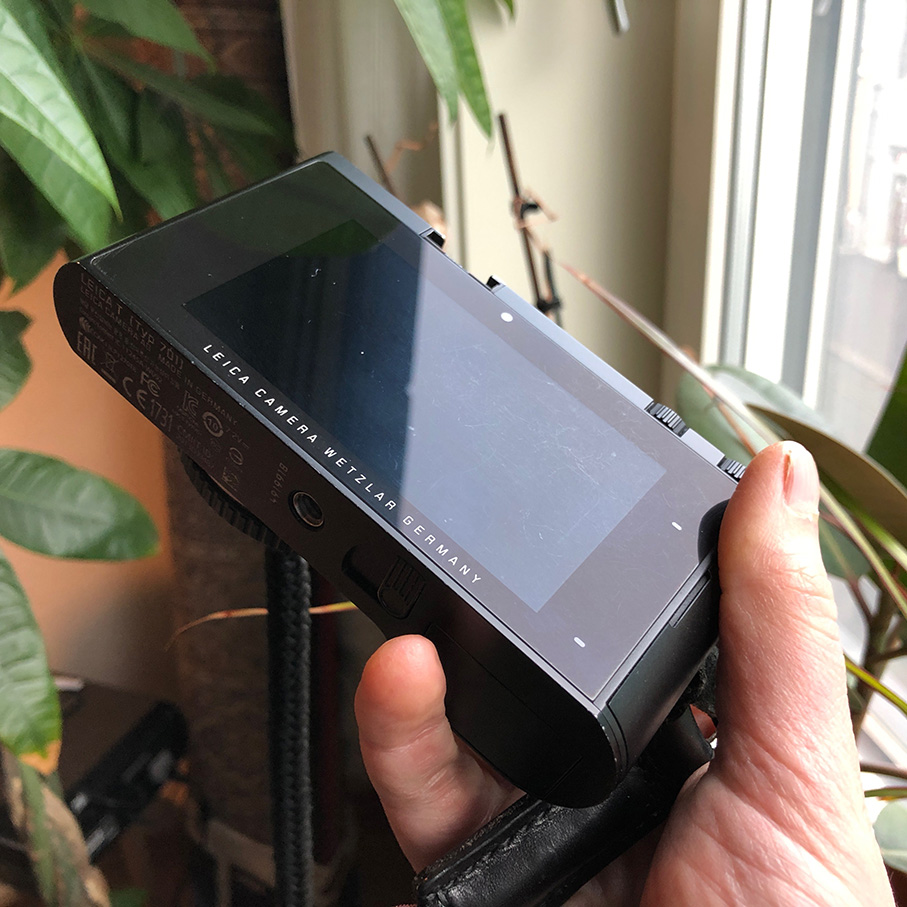
[The T has a giant screen.]
Unfortunately, things started to fall apart for me when I went out and started taking photos with the Leica T and my manual focus glass. The main issue ended up being linked to a funcion called auto-review. This is the feature that will automatically play back the image you just took for a set period of time before going back to the live view mode. This is a common feature on most every camera and not something I've ever really though about until the Leica T. Here's the thing, when using manual focus lenses on the Leica T, no matter what option you choose for the auto-review setting (even none) the camera will always display the photo you just took for usually about 3 seconds, but sometimes up to 5+ seconds. Most digital cameras have this feature on by default and it's usually not irritating in the least because when you press the shutter button halfway down on every other digital camera I've ever used it will go immediately back into shooting mode. With the Leica T half pressing the shutter during the auto-review does nothing. In fact, in my tests it seems to prolong the duration of the review image being displayed. If you fully depress the shutter button a few times during the auto-review it will eventually take another photo, but this is not ideal as you'll be unable to focus with the screen stuck reviewing the last photo. I don't consider myself a speed shooter by any means, but while taking test photos I consistently felt myself getting frustrated by the extended shutter blackout between each photo. Any attempt to photograph a moving subject quickly became a test of patience as I was confined to shooting about 1 shot per every 3ish seconds.
Doing some quick googling to see if there was a way around this (or even a new firmware update) everything I found pointed to this being a bug in the manual focusing functionality. From what I read, even manually focusing the Leica T lenses suffers the same issue. Apparently it is the autofocus system that tells the camera to return to live view mode. Granted, this camera is clearly not geared toward the legacy lens users, but instead meant to appeal to a newer and younger generation of potential Leica shooters, raised on smartphones who expect to tap-to-focus instead of twisting some lens barrel. But I have to admit, when I saw the Leica M to T adapter being sold, I had higher hopes for the camera as a manual focus shooter.
If this is something you can live with, or if you have no intention of manually focusing with the Leica T, then it is by all means a great and very functional camera. However for me, and I would guess most users who intend to shoot with their Leica M glass, this irritation is enough to be a deal breaker. And considering the age of the camera and the newer models Leica has to focus on, I doubt this will be addressed in any future firmware releases.
Image Quality
As I mentioned earlier, one of my main reasons for being interested in the Leica T was as a means to test the chops of a Leica camera with a CMOS sensor. In this regard, the T was a great performer.
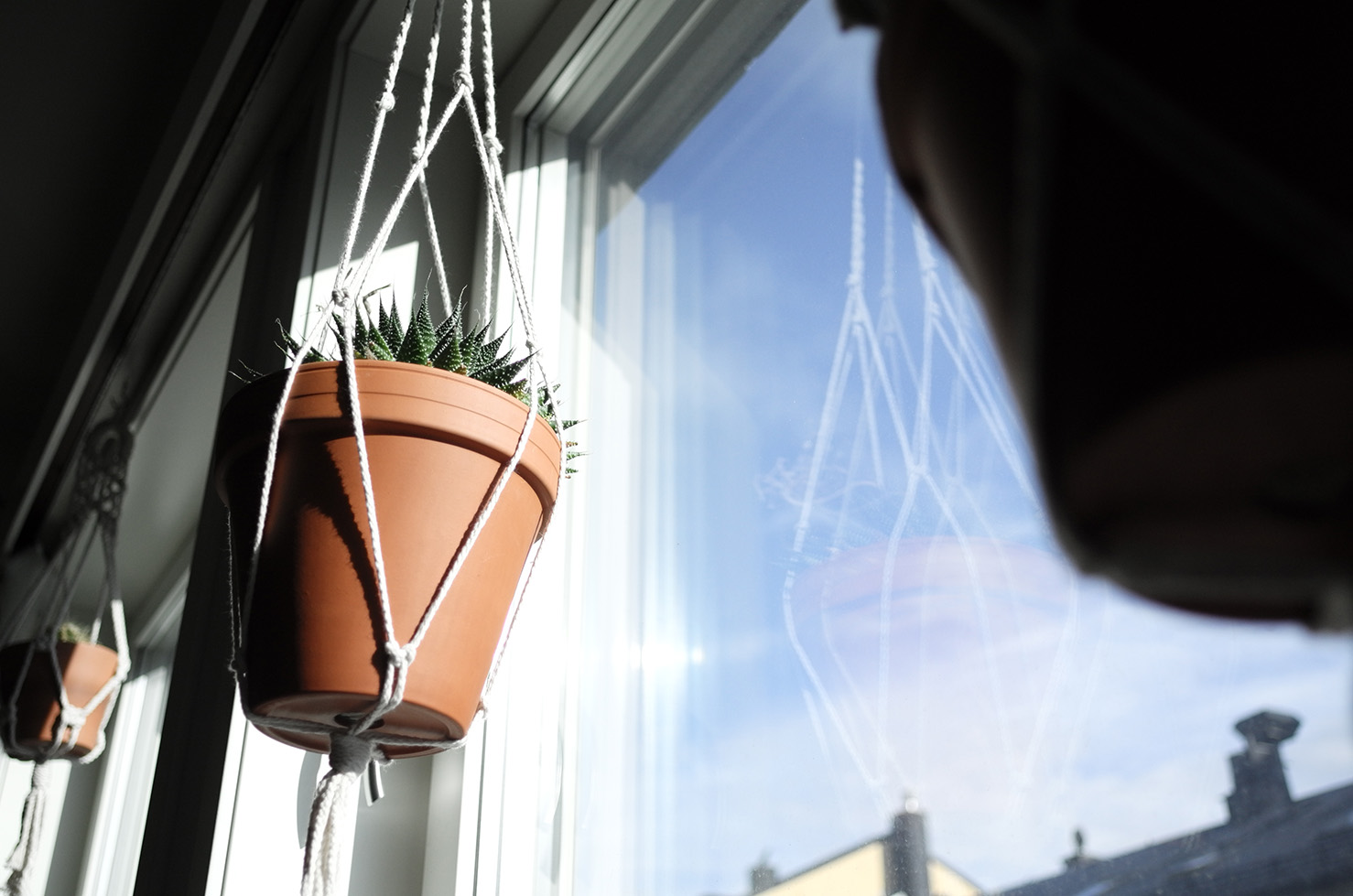
[Shot with Zeiss 25mm f2.8.]
As with the Leica M8, I wasn't incredibly impressed with the JPEG performance, finding the normal colors to be a bit bland and the vivid color profile to be a bit too much. However, the RAW files produced by the Leica T are pretty fantastic.
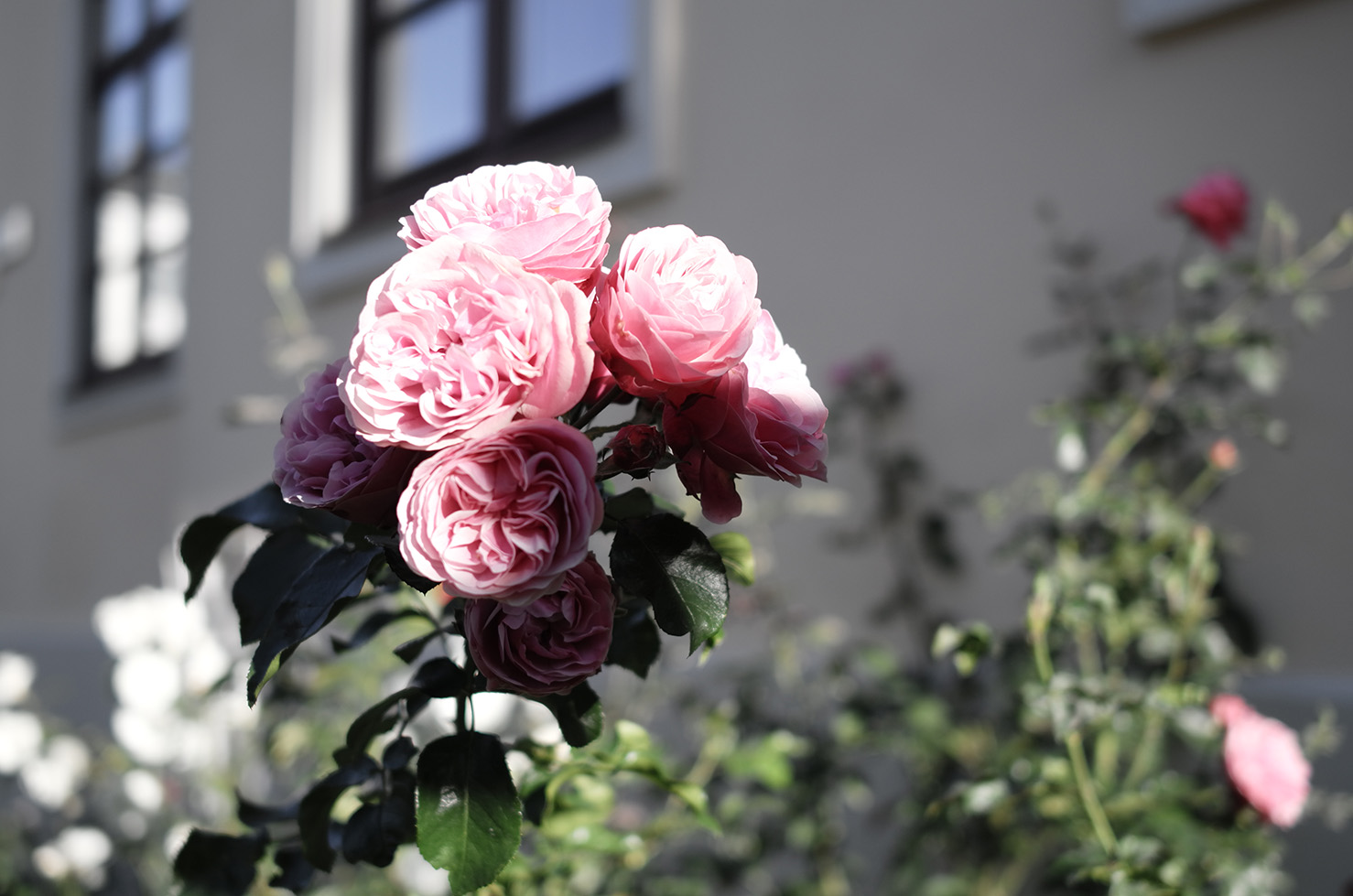
[Shot on Normal jpeg color profile.]

[RAW shot converted to jpeg. Unedited.]

[Shot on Vivid color profile.]

[RAW image converted to jpeg. Unedited.]
Of course, colors can be edited, but less editing required the better, in my book. And if you do intend to post process, it's always better to have a more pleasant starting point.
Compared to the M8, the colors feel a bit more vivid on the T, while the cripness and pleasing tones are on par. The ISO performance of the T is noticeably better than the M8, as was to be expected for a camera released 6 years later. It seems that ISO 3200 in the T provides a similar amount of grain as ISO 1200 on the M8. That said, the Leica T is still behind most other brands when it comes to ISO performance.

[ISO 800 displays pleasant grain in my opinion.]

[ISO 6400 shows pretty extreme grain. It seems Leica has chosen to allow grain and retain detail instead of applying heavy noise reduction and smearing detail as many other manufacturers do.]
Still, photos shot from ISO 100 up to 1600 are very usable. The photos taken at 100 - 200 being incredibly crisp and sharp thanks to the lack of built in Anti-Aliasing filter.
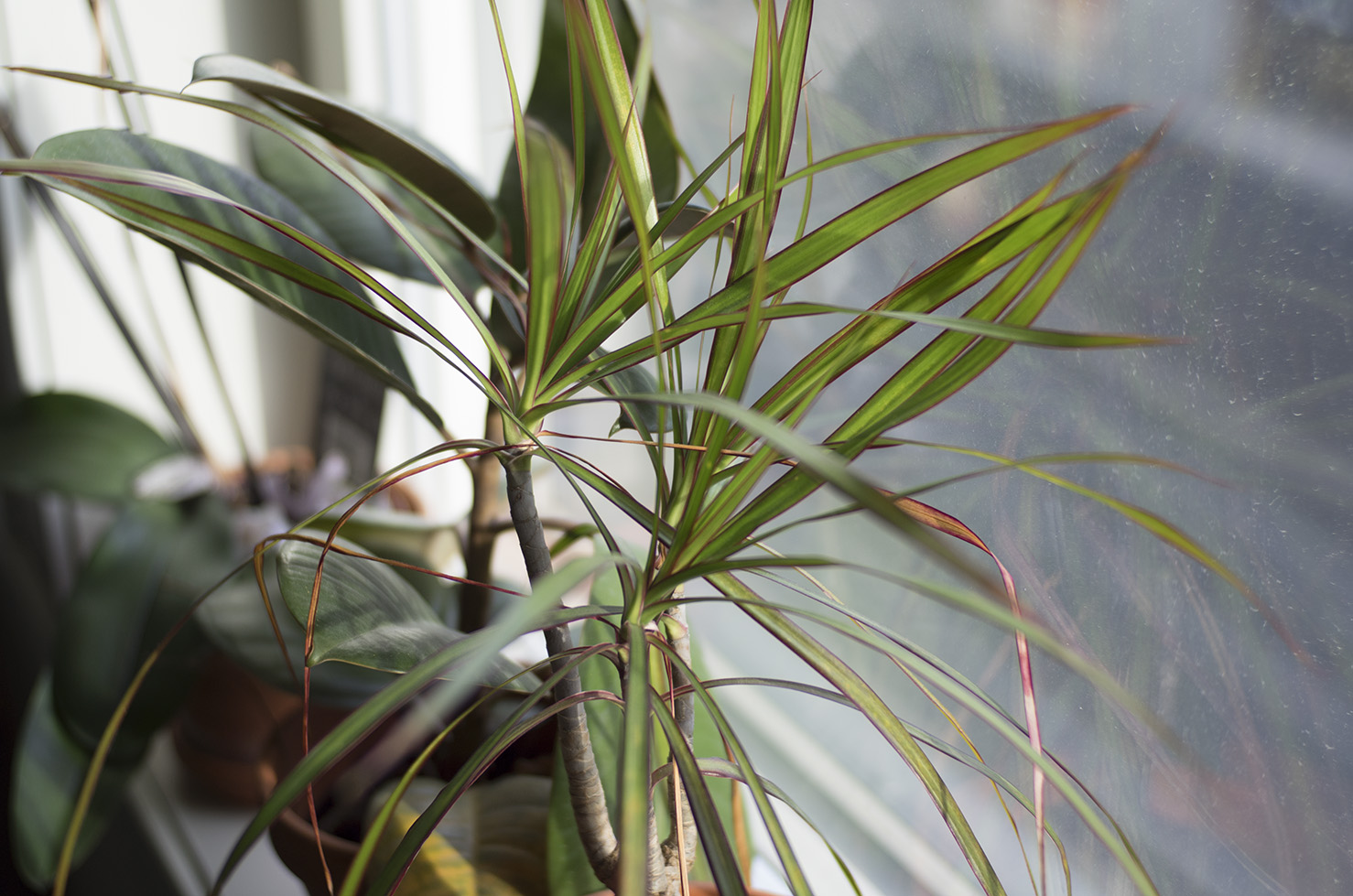
[Shot on Minolta 40mm Rokkor.]
While the price of the Leica T new should force it to be compared to cameras like the Sony A7 and A7ii which would give it pretty stiff competition, the amount that the the Leica T sells for used these days put it in a category closer to the Sony A6000 or the Canon EOS M6. These cameras are great in their own regard, but the Leica T does to my eye provide a more pleasant image straight out of the camera at ISOs under 1600.

[Shot on 35mm Summarit. RAW image converted to jpeg. Unedited.]
Conclusion
The Leica T is a very interesting and beautiful camera that seems like it was made with a very specific purpose. Unfortunately for this review, that purpose is not taking photos with manual focus Leica glass. While the camera sports a wonderful design, a splendidly simple and customizeable menu, and takes really quite nice photos, its use for this reviewer is crippled by a single achilles heel of a flaw which could (but probably won't) be fixed with a firmware update.
That said, after using the Leica T, I do feel more confident in the ability of the Leica M 240 to be a suitiable replacement one day for my Leica M8.2. While I'm not in a hurry to give up my M8, I at least don't feel like I have to cling to the old CCD cameras like a fanatic when the time does come for an upgrade.
Below is my video review where I go through much of what I touched upon in this post. You can also see examples of the Auto-Review bug in action. Cheers!

